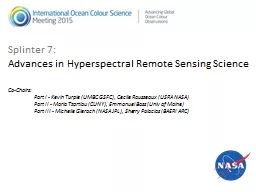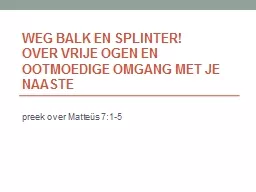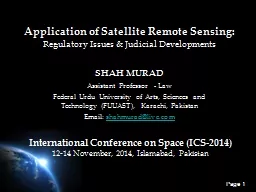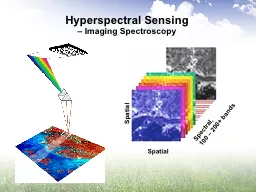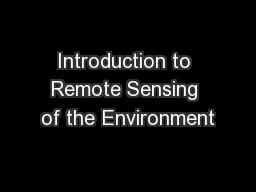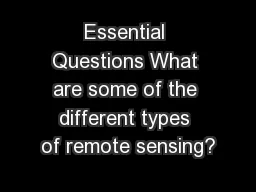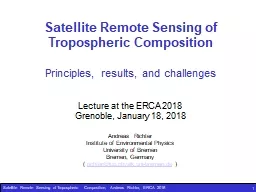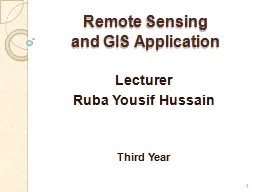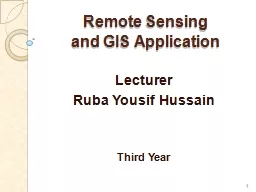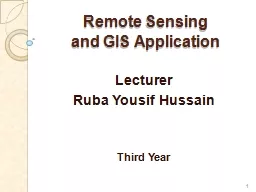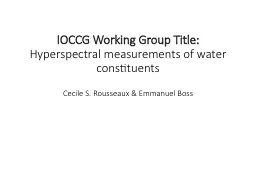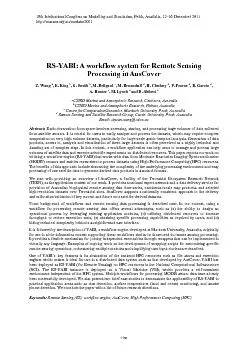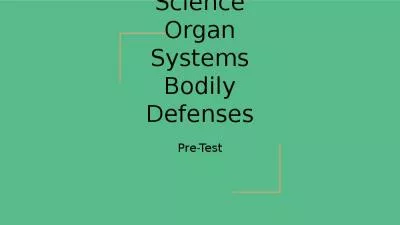PPT-Splinter 7: Advances in Hyperspectral Remote Sensing Science
Author : unisoftsm | Published Date : 2020-08-28
CoChairs Part I Kevin Turpie UMBC GSFC Cecile Rousseaux USRA NASA Part II Maria Tzortiou CUNY Emmanuel Boss Univ of Maine Part III Michelle Gierach NASA
Presentation Embed Code
Download Presentation
Download Presentation The PPT/PDF document "Splinter 7: Advances in Hyperspectral R..." is the property of its rightful owner. Permission is granted to download and print the materials on this website for personal, non-commercial use only, and to display it on your personal computer provided you do not modify the materials and that you retain all copyright notices contained in the materials. By downloading content from our website, you accept the terms of this agreement.
Splinter 7: Advances in Hyperspectral Remote Sensing Science: Transcript
Download Rules Of Document
"Splinter 7: Advances in Hyperspectral Remote Sensing Science"The content belongs to its owner. You may download and print it for personal use, without modification, and keep all copyright notices. By downloading, you agree to these terms.
Related Documents

